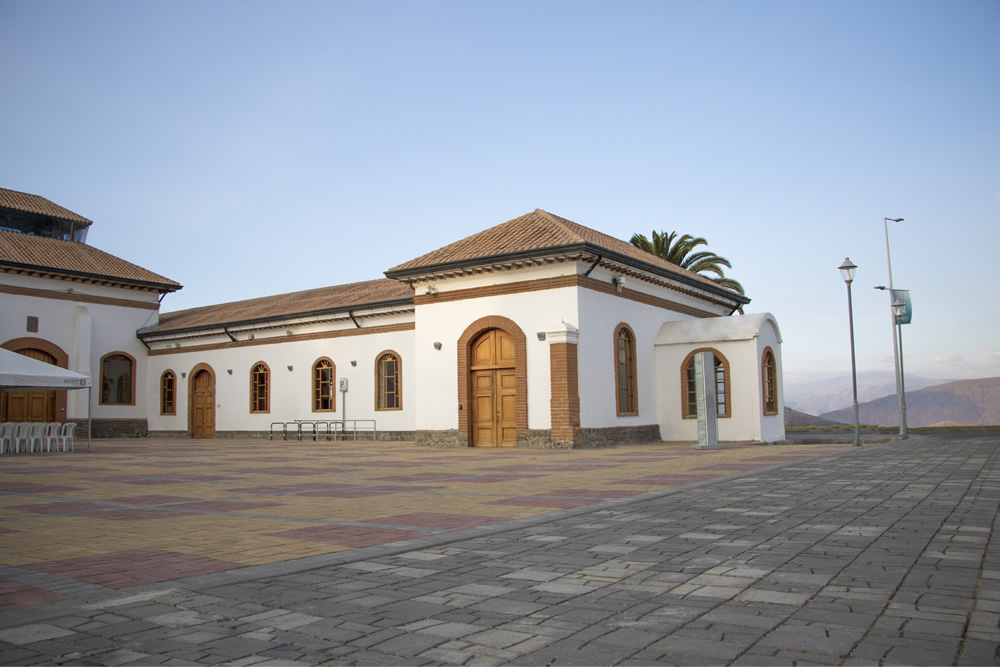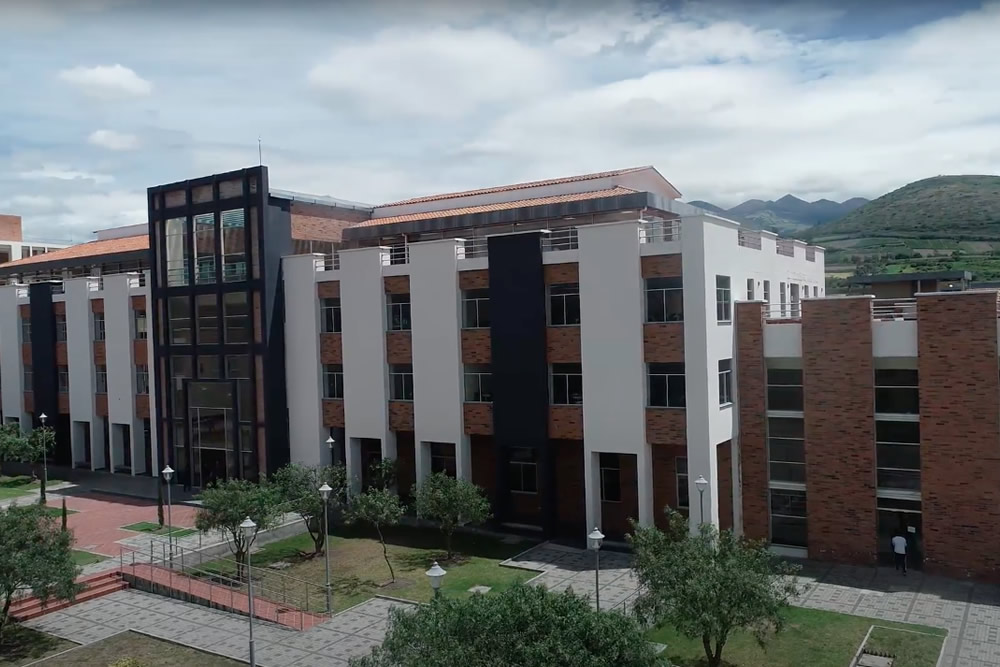Tectonic geomorphology / Douglas W. Burbank and Robert S. Anderson.
Tipo de material: TextoIdioma: Inglés Fecha de copyright: Chichester, West Sussex ; Hoboken, N.J. : J. Wiley & Sons, 2012Edición: Second EditionDescripción: xiv, 454 pages : illustrations ; 25 cmISBN:
TextoIdioma: Inglés Fecha de copyright: Chichester, West Sussex ; Hoboken, N.J. : J. Wiley & Sons, 2012Edición: Second EditionDescripción: xiv, 454 pages : illustrations ; 25 cmISBN: - 9781444338867 (cloth)
- 9781444338874 (pbk.)
- 551.41 23
- GB401.5 .B86 2012
| Tipo de ítem | Biblioteca actual | Signatura | Copia número | Estado | Fecha de vencimiento | Código de barras | Reserva de ítems | |
|---|---|---|---|---|---|---|---|---|
 Colección general
Colección general
|
Biblioteca Yachay Tech | 551.41 B946t 2012 (Navegar estantería(Abre debajo)) | Ej. 1 | Disponible | 005238 |
Includes bibliographical references and index.
1. Introduction to tectonic geomorphology -- 2. Geomorphic markers -- 3. Establishing timing in the landscape: dating methods -- 4. Stress, faults, and folds -- 5. Short-term deformation: geodesy -- 6. Paleoseismology: ruptures and slip rates -- 7. Rates of erosion and uplift -- 8. Holocene deformation and landscape responses -- 9. Deformation and geomorphology at intermediate time scales -- 10. Tectonic geomorphology at late Cenozoic time scales -- 11. Numerical modeling of landscape evolution.
"Tectonic geomorphology is the study of the interplay between tectonic and surface processes that shape the landscape in regions of active deformation and at time scales ranging from days to millions of years. Over the past decade, recent advances in the quantification of both rates and the physical basis of tectonic and surface processes have underpinned an explosion of new research in the field of tectonic geomorphology. Modern tectonic geomorphology is an exceptionally integrative field that utilizes techniques and data derived from studies of geomorphology, seismology, geochronology, structure, geodesy, stratigraphy, meteorology and Quaternary science. While integrating new insights and highlighting controversies from the ten years of research since the 1st edition, this 2nd edition of Tectonic Geomorphology reviews the fundamentals of the subject, including the nature of faulting and folding, the creation and use of geomorphic markers for tracing deformation, chronological techniques that are used to date events and quantify rates, geodetic techniques for defining recent deformation, and paleoseismologic approaches to calibrate past deformation"--Provided by publisher.
No hay comentarios en este titulo.




